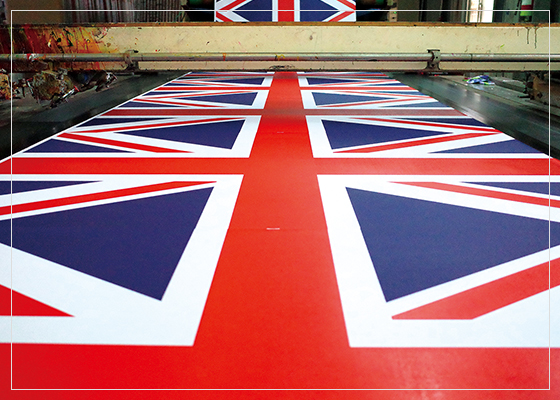| Screen printing is suitable for mass printing, which is better than digital direct printing. The large production volume can share the plate making costs. |
Need to make a plate, one color one plate, the plate making fee will be higher as the more colors you design, the higher the plate fee |
| The printing fee is cheap, and it can print 1-7 colors. The printing fee is cheaper for 1-3 colors, and the fabric penetration is good. |
Screen printing is not suitable for small-volume printing because the process is complicated and there will be basic machine costs. |
| Because the screen is painted by scraping the surface, the colored cloth can be painted directly, which is different from digital direct printing, which is limited to white or lighter colors. |
Because there are mesh holes, the design of the line drawing must take the clarity of printing into consideration. |



